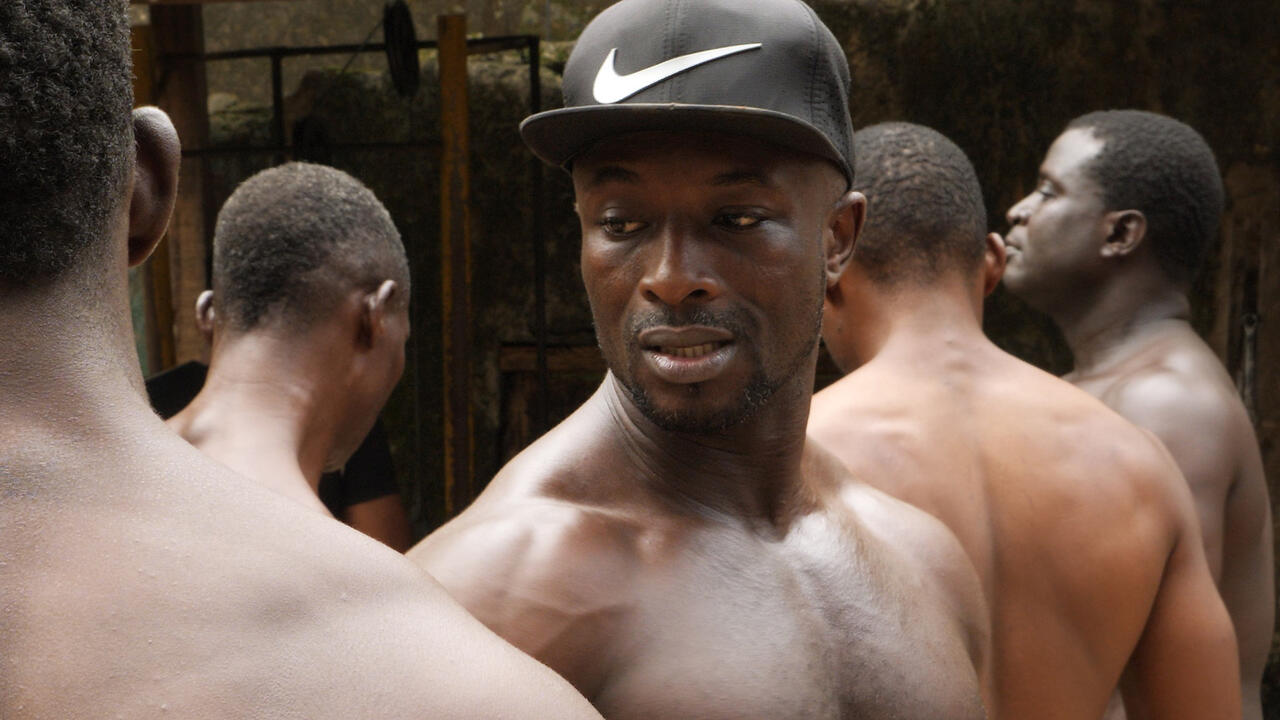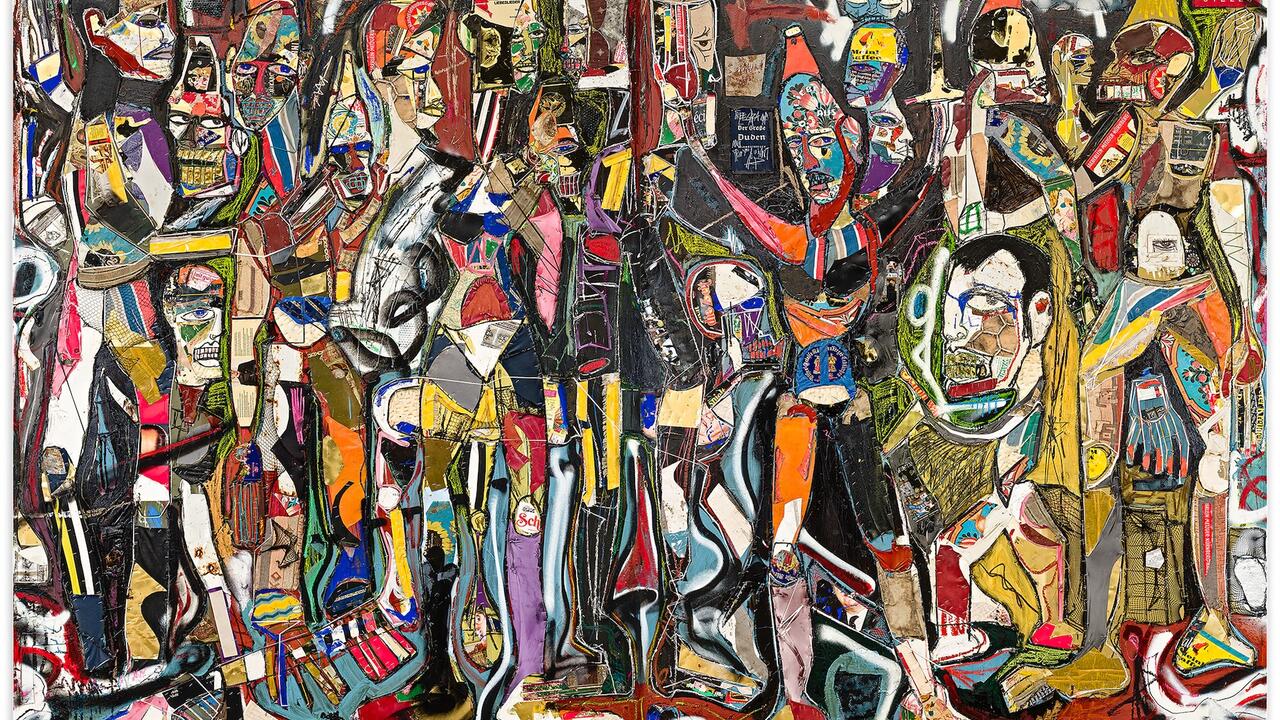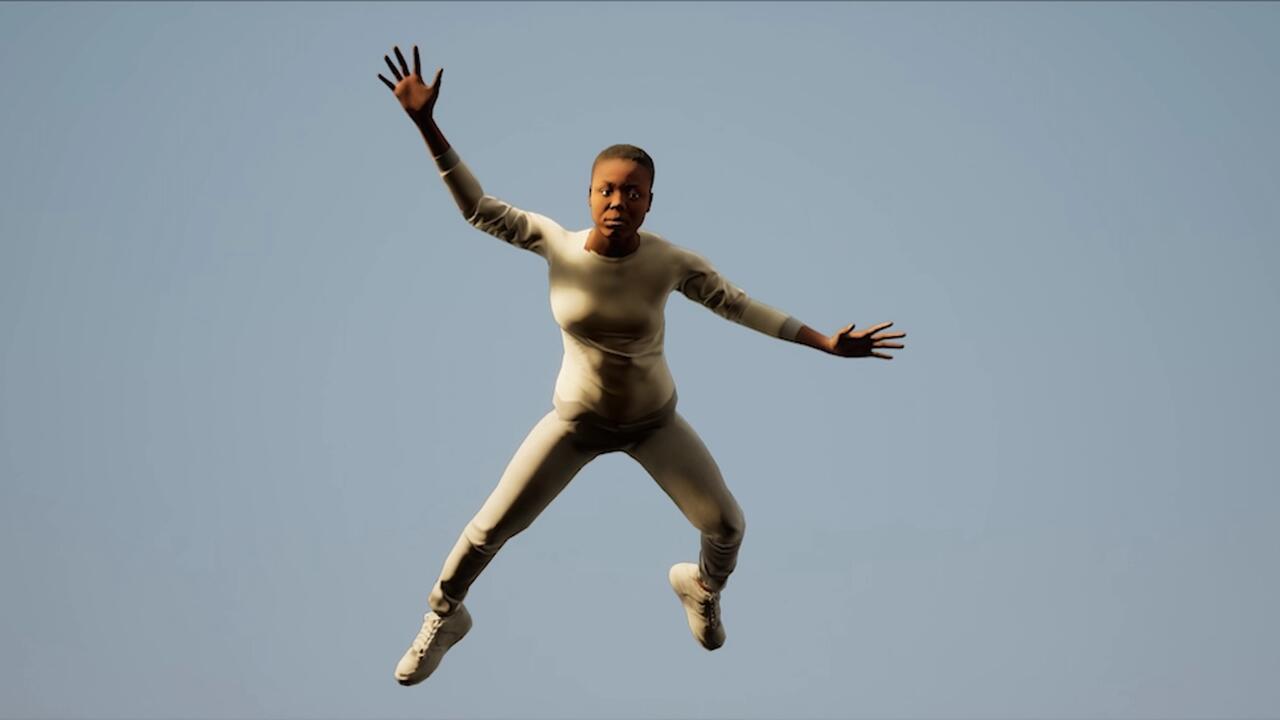Staying in the Room
Ways of talking about race and appropriation: Claudia Rankine, Hannah Black and Tate Modern’s ‘Black Art, Black Power’ conference
Ways of talking about race and appropriation: Claudia Rankine, Hannah Black and Tate Modern’s ‘Black Art, Black Power’ conference

‘We don’t know how to have a conversation about race and stay in the room.’ American poet Claudia Rankine’s words came during her keynote event at Tate Modern on 12 October, ahead of a conference the next day about Tate’s exhibition ‘Soul of a Nation: Art in the Age of Black Power’. In her 2014 book Citizen: An American Lyric, Rankine uses language and images to convey the effects of racism, from the casual to the extreme. She was the recipient of a MacArthur ‘Genius Grant’ in 2016, which she has used to set up The Racial Imaginary Institute, an interdisciplinary project that explores race in contemporary society through collaborations with artists, writers and arts institutions, and via its online journal, whose first issue, devoted to an analysis of ‘Whiteness’, came out in September.

Rankine’s current project is The White Card, a play she is writing with dramaturge P. Carl, which was motivated by ‘the desire to have a conversation that kept going, and nobody slammed the door’. Although the play will premiere at Arts Emerson in Boston in February of next year, at Tate, actors read Act 2 of the current draft, in which a conversation about race takes place between Charles, a white philanthropist who made his fortune building prisons and who collects work by black artists, and Charlotte, a black artist whose work about the victims of the 2015 Charleston church shooting in South Carolina Charles owns. The writing targets with pinpoint accuracy the awkwardness and misguidedness around race in the contemporary art world, so much so that when Carl asked Rankine whether the dialogue was ‘too on-the-nose’ she replied ‘No, that happened to me at dinner last night.’ Charlotte and Charles discuss Kerry James Marshall but their views on his work are diametrically opposed; they compare notes on the opening of Lynette Yiadom-Boakye’s New Museum show and find nothing in common, and they broach the controversy surrounding Open Casket (2017), Dana Schutz’s painting of Emmett Till at this year’s Whitney Biennial, and artist Parker Bright’s protest of the work as a ‘black death spectacle’.

The play is set one year after a disastrous dinner party at which Charles unveiled his latest acquisition: an archive of Michael Brown’s autopsy. The reference here is to Kenneth Goldsmith’s 2015 performance, The Body of Michael Brown, at Brown University, Providence, during which he read out Brown’s autopsy report to an audience. Goldsmith’s actions were roundly criticised, and last Thursday, Rankine, who tends to lay out her thoughts with prudence, pausing between each clause, described them as ‘a deep failure of sensitivity on his part … because he didn’t see the death of black people as a real thing.’

A central question, related to the debates about Schutz’s painting, asks who is allowed to speak, or make work, about certain subjects. It was implied in many responses to the work, notably in artist Hannah Black’s widely circulated and discussed open letter to the curators of the Whitney Biennial. Black decried what she saw as the transmutation of ‘black suffering into profit and fun’, and concluded that ‘the painting must go’. It was an important letter, and for all the consternation it caused in the art world, and the scandal in the mainstream media, it helped expose a clash between value systems that previously may have been seen as commensurate: that of the art world, in which the work of art is sacred and it is anathema to destroy it, and another, belonging perhaps to the real world, in which it is life and its commemoration that are sacred, yet under persistent attack, even from artworks. Black’s letter seemed to jolt some out of a stupor, making us step back to see a wider context and community. Although it used a form and a medium – an open letter published on Facebook but quickly made private – that suggested Black did not want to ‘have a conversation about race and stay in the room’, her current exhibition at the Chisenhale Gallery contains evidence that she can, and does have such conversations, albeit with friends. The installation is made up of 20,000 copies of ‘The Situation’, a book of redacted transcripts of conversations about race, power and violence between Black and fellow artists and writers, stacked amid paper shredders and cuddly animals stuffed with shredded paper.

Although it can feel like much art made today responds to either the catastrophic condition of the world or its violent history, there are also joyful sources of inspiration to be found. The ‘Black Art, Black Power’ conference held on Friday considered the work of artists in ‘Soul of a Nation’, and those of younger generations practicing in the UK and US, including a lively and candid conversation between Marlene Smith and Lubaina Himid in which Smith shared a letter she had written to Frank Bowling when she was 18. Art historian Kellie Jones introduced her book South of Pico (2017), a portrait of the communities of African-American artists working in Los Angeles in the 1960s and ’70s. Among them was John Outterbridge (b.1933), a founder of the Compton Communicative Arts Academy and the first director of the Watts Towers Art Center, who created sculptures and installations in his yard. Outterbridge told Jones: ‘I started doing art because I felt good about the things influencing me.’ I asked Jones whether she recognized this ‘good feeling’ in the work of artists today, and whether it might hold a radical potential. ‘Yes’, she exclaimed, ‘I see it in radical black joy! That doesn’t mean withdrawing, there are spaces for enjoyment in the wider community.’
The final word of the day came from London-based artist Barby Asante, who presented her video Noise Summit (2015), co-produced with Jack James, which documents the culmination of her yearlong collaboration with children aged 3-14 and musicians as part of the South London Gallery’s ‘Play Local’ programme. Asante explained how the idea for the project came to her after the 2011 London riots, when she started thinking about ‘how young people begin to articulate themselves and find defence mechanisms’ in the city, and realized that children had been pushed out of public space. In the video, kids with vivid personalities play together and with the camera, they scat along to jazz music and claim the concrete playground of an urban housing estate, exerting their autonomy from adults and their surroundings. The work seemed to flood the auditorium with a sense of a bright future brought about by community, and reminded me of something Rankine had said the night before: ‘What is exciting about this audience is that there are imaginations that can go places my imagination cannot go, and collectively we can move forward.’
Main image: © Claudia Rankine



















